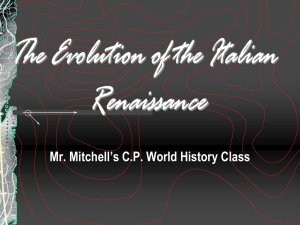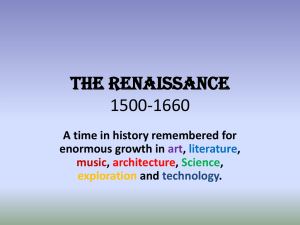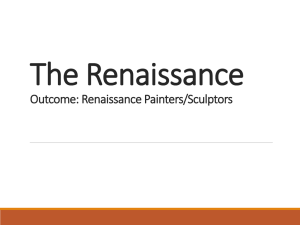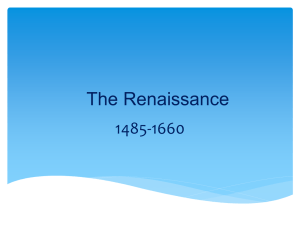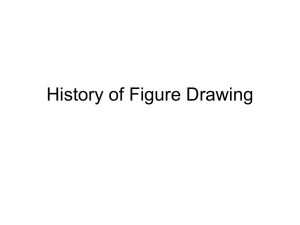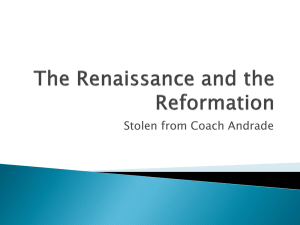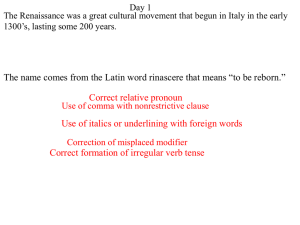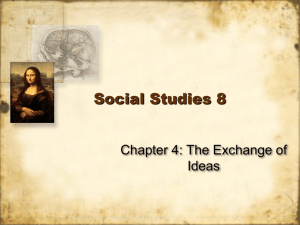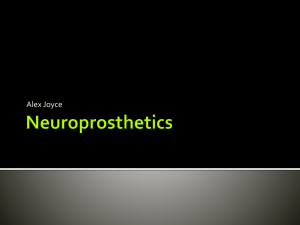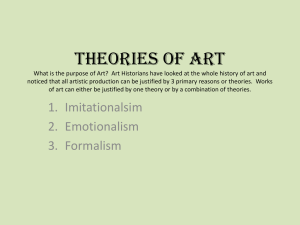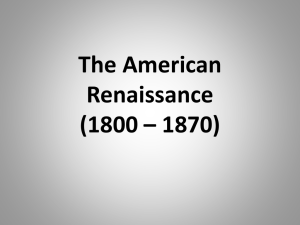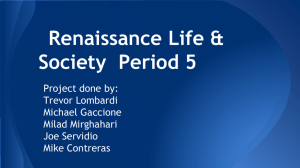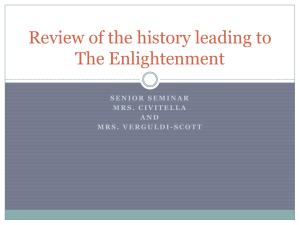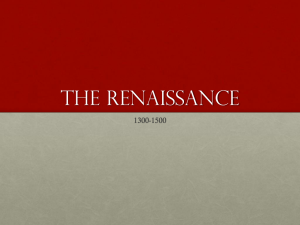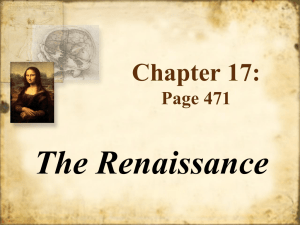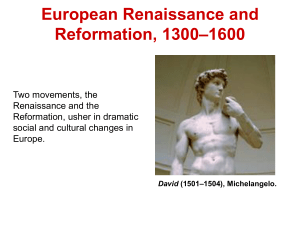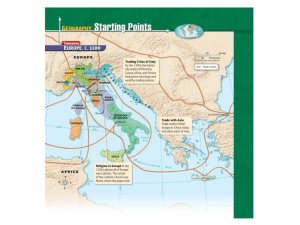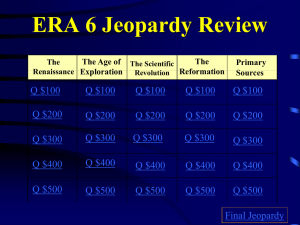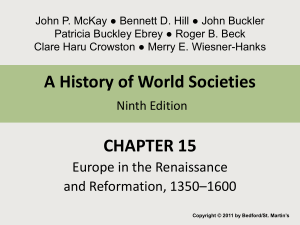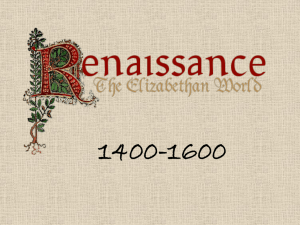The Renaissance - Wantagh School
advertisement
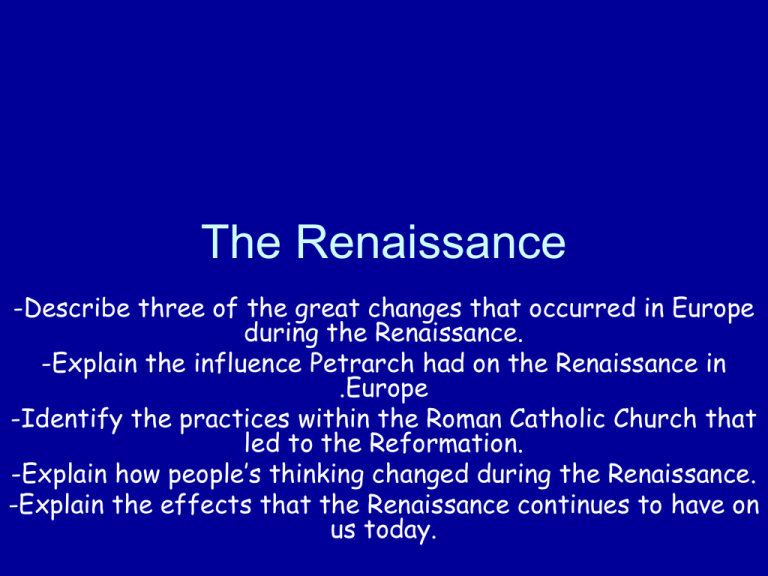
The Renaissance -Describe three of the great changes that occurred in Europe during the Renaissance. -Explain the influence Petrarch had on the Renaissance in .Europe -Identify the practices within the Roman Catholic Church that led to the Reformation. -Explain how people’s thinking changed during the Renaissance. -Explain the effects that the Renaissance continues to have on us today. The Duomo of Florence The Awakening • Italy consisted of many city-states, but three were very important. – Florence – Milan – Venice • These were the sites of trade and commerce (the buying and selling of large quantity of goods. • Florence was the birthplace of the Renaissance. • The Renaissance was the intellectual and economic movement that saw a revived interest in the art, social, and scientific, and political ideas of ancient Greece and Rome. Italian City-States Petrarch • A poet and a scholar • A powerful influence on the early Renaissance • He encouraged people to seek out and study the philosophy and literature of the past. • He encouraged people to speak and write thoughtfully. • “The style is the man.” • “Careless expression was the sign of careless thought.” The Awakening • As markets grew, merchants, bankers, and trades people became more prosperous. • They wanted fine clothing and jewelry. • The Renaissance spread to England, France, Germany, the Netherlands, and Spain. Art in the Renaissance Art in the Renaissance • The Renaissance began in Italy for several reasons. – Ancient ruins could be seen all over the Italian Peninsula. – Trade made the Italian city-states wealthy. – The wealthy people would hire artists to create beautiful works of art. • Unlike medieval European artists, Renaissance painters and sculptors portrayed people and nature realistically. Renaissance Artists • They were inspired by Greek and Roman artists. • They mastered the art of the perspective – objects in paintings are closer or farther from their viewer. • They gave depth to pictures as well as proportion to people, things, and buildings. The Betrothal of the Arnolfini Raphael’s School of Athens Famous Renaissance Artists • Raphael, Michelangelo, and Leonardo da Vinci were famous Renaissance artists. • Some people considered them to be geniuses. • Raphael was noted for his portraits of the Mother of Jesus. – He mastered perspective and architecture. Michelangelo • Not only a painter, but the finest sculptor of the Renaissance. • He painted the Sistine Chapel in fresco and sculpted the Pieta. • He carefully chose marble blocks by visiting the quarries where they were mined. • He would visit the mine before the sun rose and wait to see how the sun shone through the marble in order to recognize flaws. Pieta The Sistine Chapel Leonardo da Vinci • A painter, sculptor, engineer, and a scientist. • His most famous paintings were the Mona Lisa and The Last Supper. • He created statues of men and horses. • As a scientist, he investigated optics (the study of light and vision), and dissected human bodies to study anatomy. Mona Lisa The Last Supper Leonardo Da Vinci • Leonardo Da Vinci is believed to be the first person to draw the human body accurately. • He experimented with mechanics, the study of forces on solids, liquids and gases. • He build models of aircrafts, a parachute, tanks, machine guns, and moveable bridges. • He wrote books backwards so they had to be held up to a mirror. – He didn’t want everyone to read what he everything he wrote. Leonardo Da Vinci’s Flying Machine Revolution in Science • Renaissance thinkers believe people should use reasoned thought and the scientific method to understand how the world works. • Two very influential scientists were Copernicus and Galileo. – Both were astronomers and both taught that the Earth moves around the sun. Copernicus • Copernicus taught at the University of Cracow in Poland. • His studies led him to believe that the Earth was not the center of the universe. • He wrote his ideas in 1510 but did not allow them to be published until 1540. Galileo • He lived in Italy and taught at the University of Pisa. • He spoke out in favor of Copernicus’ ideas and was criticized by the Catholic Church. • He built an improved telescope and became the first person to point it to the sky. – He used it to study the sky. Galileo • Galileo’s studies challenged the Catholic Church and they placed him on trial. • He was put on house arrest for the rest of his life. • He still described the motion of pendulums and the physics of motion. Renaissance Inventions • Johannes Gutenberg invented the printing press that used movable type, or small reusable metal pieces for each letter or number. • In 1455 he introduced a Bible printed on his printing press. • Up until this time, books had to be written by hand. • The printing press produced books far more quickly and allowed books to become more affordable for the middle class. The Printing Press • Invented by Johannes Gutenberg. • Produced books far more quickly than they could by hand. • The demand for books grew and the book trade flourished. • Books were made more affordable for the educated middle class. • People became more literate and the economy strengthened. Other Inventions • Leonardo Da Vinci experimented with mechanics, but many of his inventions were too advanced for his time. • The watch was created in the early 1500’s. • A mainspring was created so clocks didn’t have to be operated by fallen weights and remain stationary. • A compound microscope was later improved upon and a single lens microscope was created in 1670 that could magnify and object 270 times its real size. • The air thermometer was invented in 1592. The Need for Church Reform Problems with the Church - The Church became wealthy and with wealth came corruption. - The Church sold indulgences, or pardons from punishment for sins. - Originally, indulgences could be received by doing charity or fasting, but now people could buy them. - Indulgences were given to crusaders who fought in the war. Martin Luther • He believed Christians should not be judged by the good works they perform, but by their belief in God. • He challenged the Church by posting 95 theses and attacked the sale of indulgences. • He believed people should read and interpret the Bible themselves. The church said only the pope or other church officials should do this. • Martin Luther called for a debate. Reactions to Martin Luther • The church excommunicated, or expelled, Martin Luther from the Church. • Martin Luther was asked to take back his statements but he said he could not. • People who followed his beliefs became Lutherans. • Other groups started to break away from the Church. • The Reformation began in which people wanted to reform or change the church. – This began a movement known as Protestantism. The Catholic Church Responds • The Catholic Church calls the Council of Trent. • These efforts were known as The CounterReformation. • Roman Catholics still accepted that only the Church could explain the Bible. • The believed the pope was the highest authority in church. • The church began a ban on the selling of indulgences. • The Catholic Church was again split between Catholics and Protestants.

